Over the years market making deals have changed a decent amount, with this article we want to dive in and make everyone aware of how market-making deals actually work.
First, let's explain what exactly a market maker is. A market maker is an actor that provides both bids (buys) and offers (sells) in the market at (hopefully) all times. This allows market participants to always have liquidity available to buy from or sell to. Market makers are extremely important, since they are the guarantors of liquidity, if there are no bids or offers it results in a risky market for investors and traders.
So, protocols need market makers to make sure that their market is liquid. In order to make markets though, you actually need to have the funds to do so. This means that a protocol either needs to have both governance tokens and the base asset (USDT, USDC, ETH), or they need to find another way to get the base assets.
One way of doing this is taking on the loan/options deal. Before we dive into the loan/options deal. Let's look at all the other market-making business models that exist:
- Flat Fee: These deals are usually done by lower-end tier market makers, where they charge a monthly or yearly fee that a protocol will pay in order for the market maker to actually do something. The protocol provides the capital (governance tokens + base assets) themselves.
- Performance Fee: The performance fee structure is a certain % haircut that the market maker takes if they make a profit with the funds that the protocol provides. The protocol provides the capital (governance tokens + base assets) themselves.
- Flat + Performance Fee: Yes, you guessed it! A protocol pays a fixed monthly fee as well as the performance fee. The protocol provides the capital (governance tokens + base assets) themselves.
These business models are relatively simple and align the goals of protocols and market makers. Of course, transparency lacks for protocols to actually see whether these market makers are doing what they say, but that's beyond this article…
So, let's look at the elephant in the room- the Loan/Options Model:
What is the Loan/Options Model?
This is a business model within which a protocol only provides governance tokens, with no need to provide base assets. The protocol and the market maker then discuss both the number of governance tokens the protocol will provide and the strike prices for these tokens. Strike prices can be pre-defined prices at which the market maker can buy the governance tokens at a certain date.
So, now we know what the Options Model is, but what does this actually look like in practice?
Let’s create an example, the protocol Mickey Mouse wants to get deep token liquidity, so it asks a market maker for a deal.
The market maker says - “let's do an options deal, you provide 5% (100,000 MICKEY) of the token supply, and we set a strike price of 1$ in 12 months”.
Meaning that we (the market maker) have two options:
- We give you 100,000 MICKEY in 12 months
- We give you $100,000 in 12 months
As said, the market maker with an options deal has the OPTION but not the obligation to execute the order.
In return, the market maker will use their own USD to make the market.
So what do the risks look like here?
The Protocol: Besides taking on the risk of not having transparency in regards to the market maker actually doing their job, the risk they have is that the market maker can buy the 5% of supply at the strike price. Making them a significant owners of the token.
Furthermore, the strike price discussed and decided upon is of course more in the hands of the market maker - if the protocol wants market making, they’ll need to accept some strike price.
The Market Maker: The market makers' main risk is using their own base assets to make the markets. However, this risk can of course be decreased if the price massively dumps they can just provide the base asset slower and less actively.
Let’s now continue with the example, let’s say that MICKEY drops below $1 to $0.50, in this situation the market maker at the end of the 12 months can either give back 100,000 MICKEY or gives the protocol $100,000.
At a price of $0.50, it’s of course cheaper to give back the MICKEY. If the price immediately after the deal drops below $1 then the market maker will have to hope to make enough money from the spreads and arbitrage.
If the token first went to $1.50 and then took its tumble to $0.50 it means that the market makers likely sold MICKEY from $1-$1.50, and then subsequently bought some tokens back lower.
Again the transparency in this situation is nonexistent so a protocol will not know if the market maker is really (at all times) providing the USD which is meant to be coming from their pockets.
This means if the price drops below the strike price a market maker has the potential of making a loss.
Let’s take the opposite example of MICKEY mooning to $10 a 10x move. Yay, Mickey.
In this situation, the market maker has an upside, of course. Some MICKEY will have been sold to make the market, however, the market maker can also not give back the MICKEY but instead give back the $100,000, which now has a value of $1,000,000!
So overall, as long as the market maker really is doing their job a protocol gets what they want - deep liquid markets without needing to provide the base asset side.
The protocol is also aligned with the market maker in regards to: Token price up = good. The protocol and the investors of the token do take on a risk, however, which is that this strike price could be set completely wrong. In this event, the market maker ends up with a large portion of the project's token at the end of the deal. without having a market-making deal in place anymore, this can cause a large sell pressure if they decided to “de-risk” aka offload.
So, are these loan option market-making deals inherently bad?
No, the alignment exists as mentioned above, where the problem does come in is the transparency. The protocol and the investor of the protocol do not actually know how active the market maker is. Are they really providing the capital in the market that they should be? or are they more focussed on preserving capital and benefiting from the options deal instead?
This article was written as a guest post between Arrakis and blocmates.
Arrakis Links -
Twitter - https://twitter.com/ArrakisFinance
Discord - http://discord.gg/arrakisfinance
Website - arrakis.finance




.webp)




























%202.webp)


.webp)

.webp)
.webp)
.webp)



.webp)












%20the%20Next%20Big%20Unlock%20in%20AI.webp)























































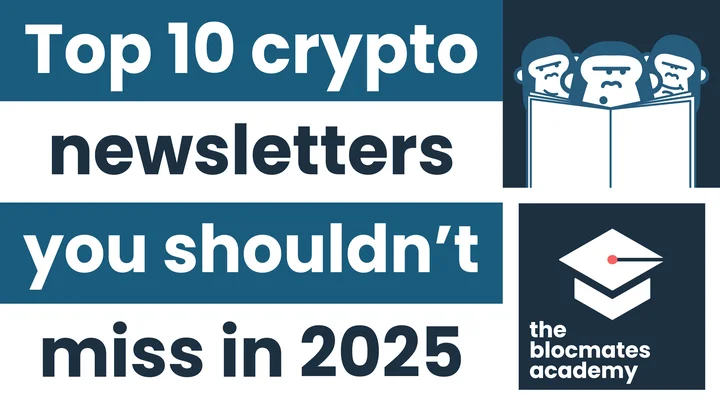










.webp)


.webp)









.webp)







.webp)




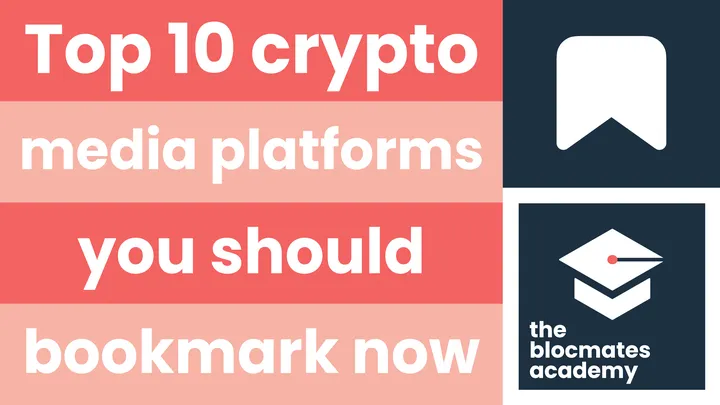








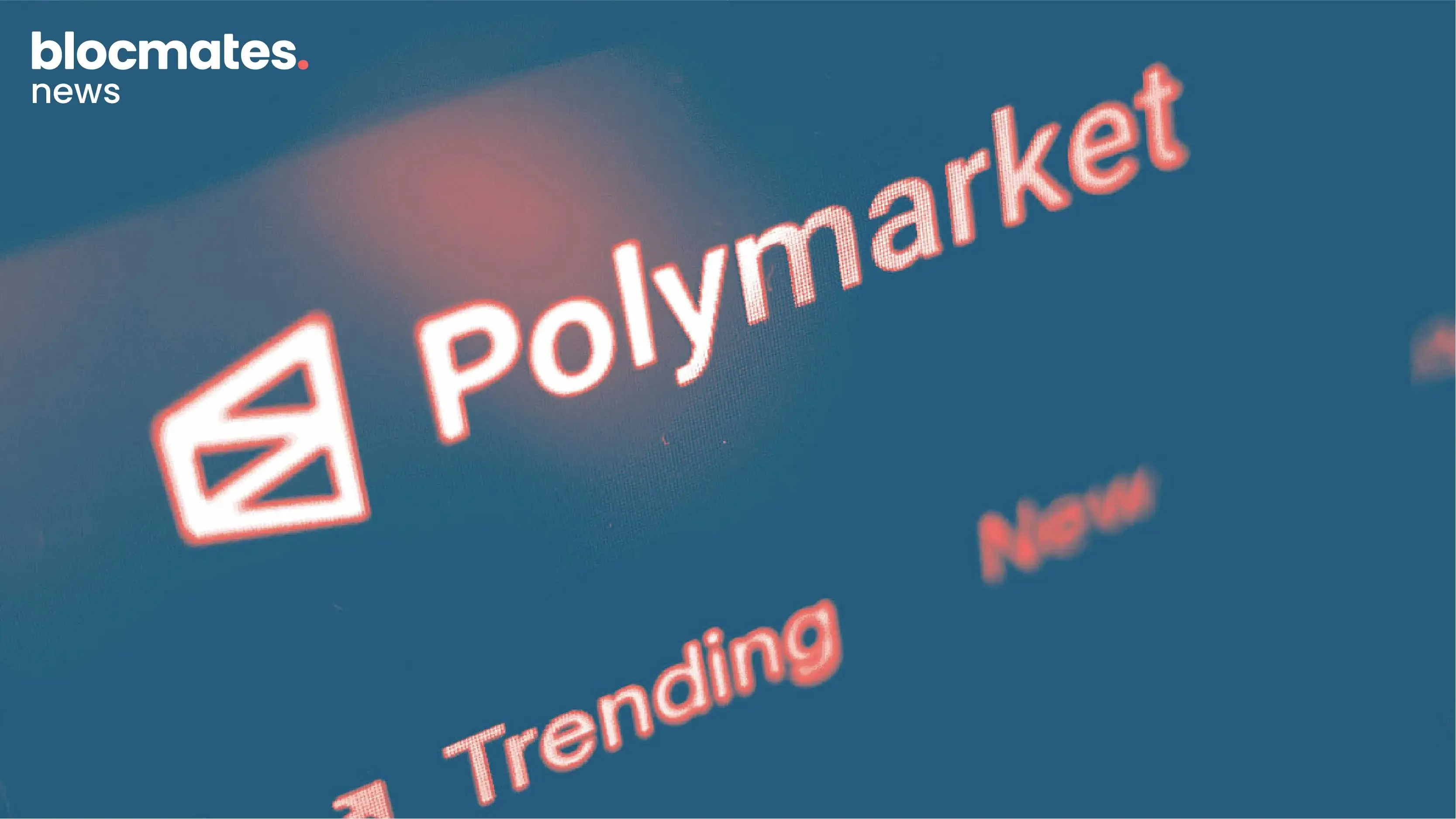

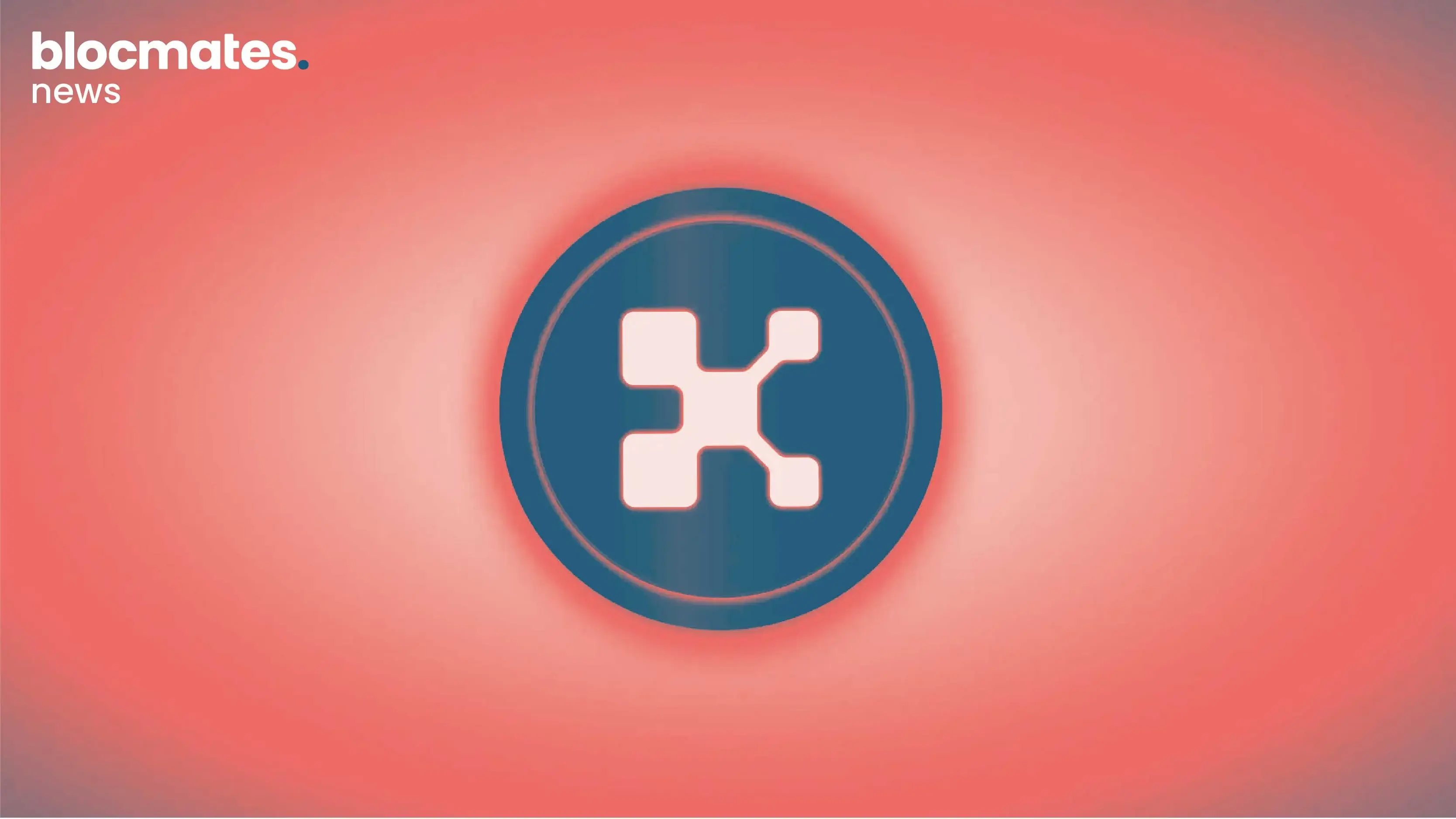
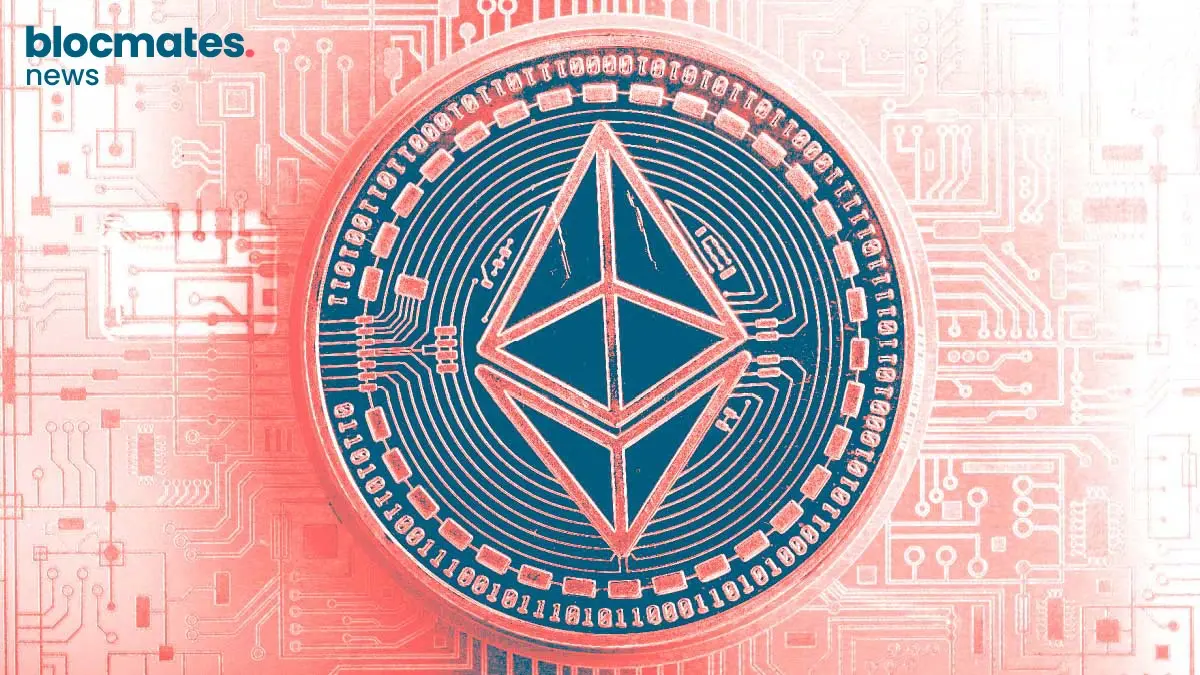
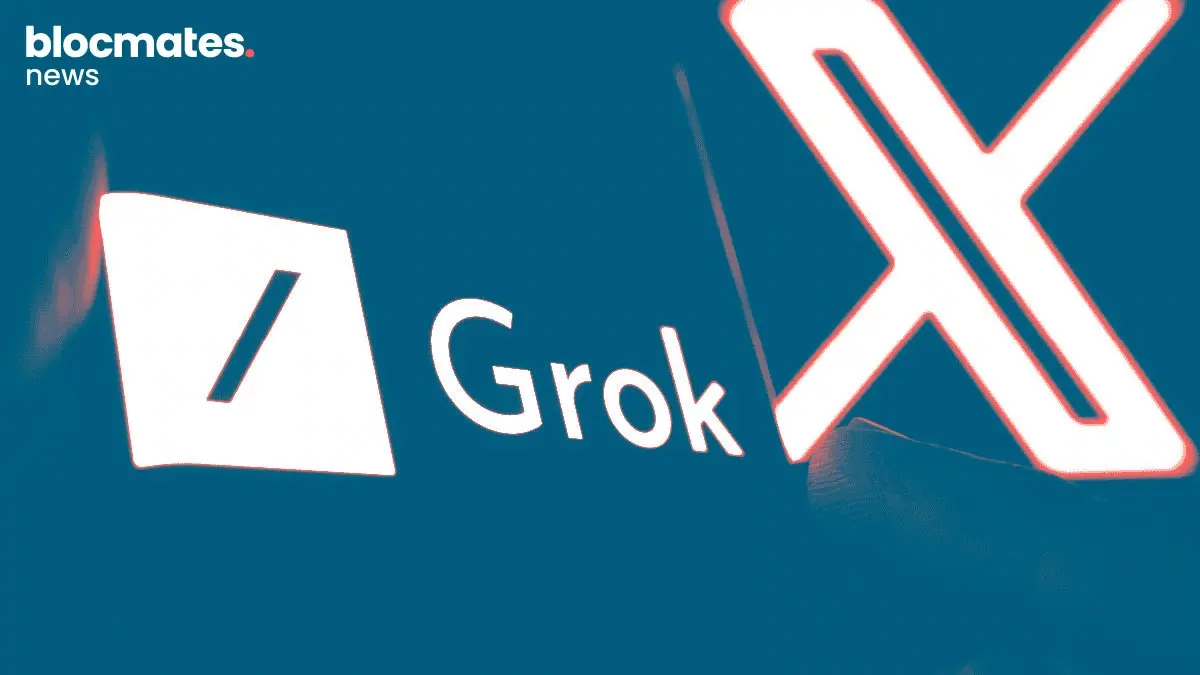

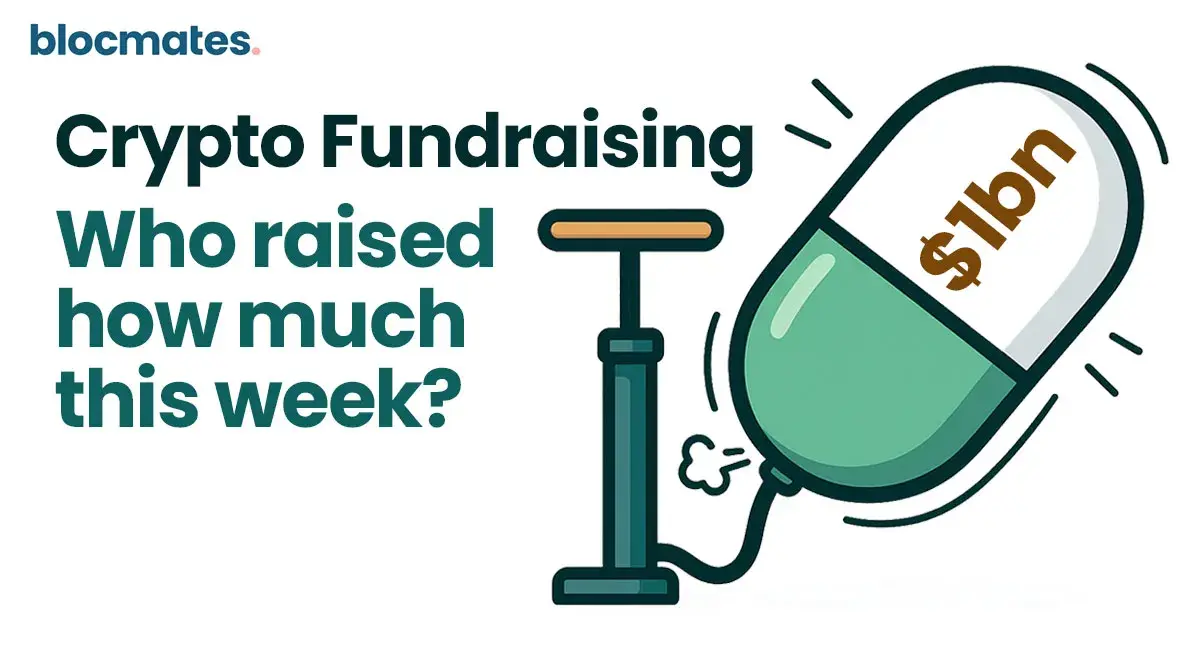
.webp)
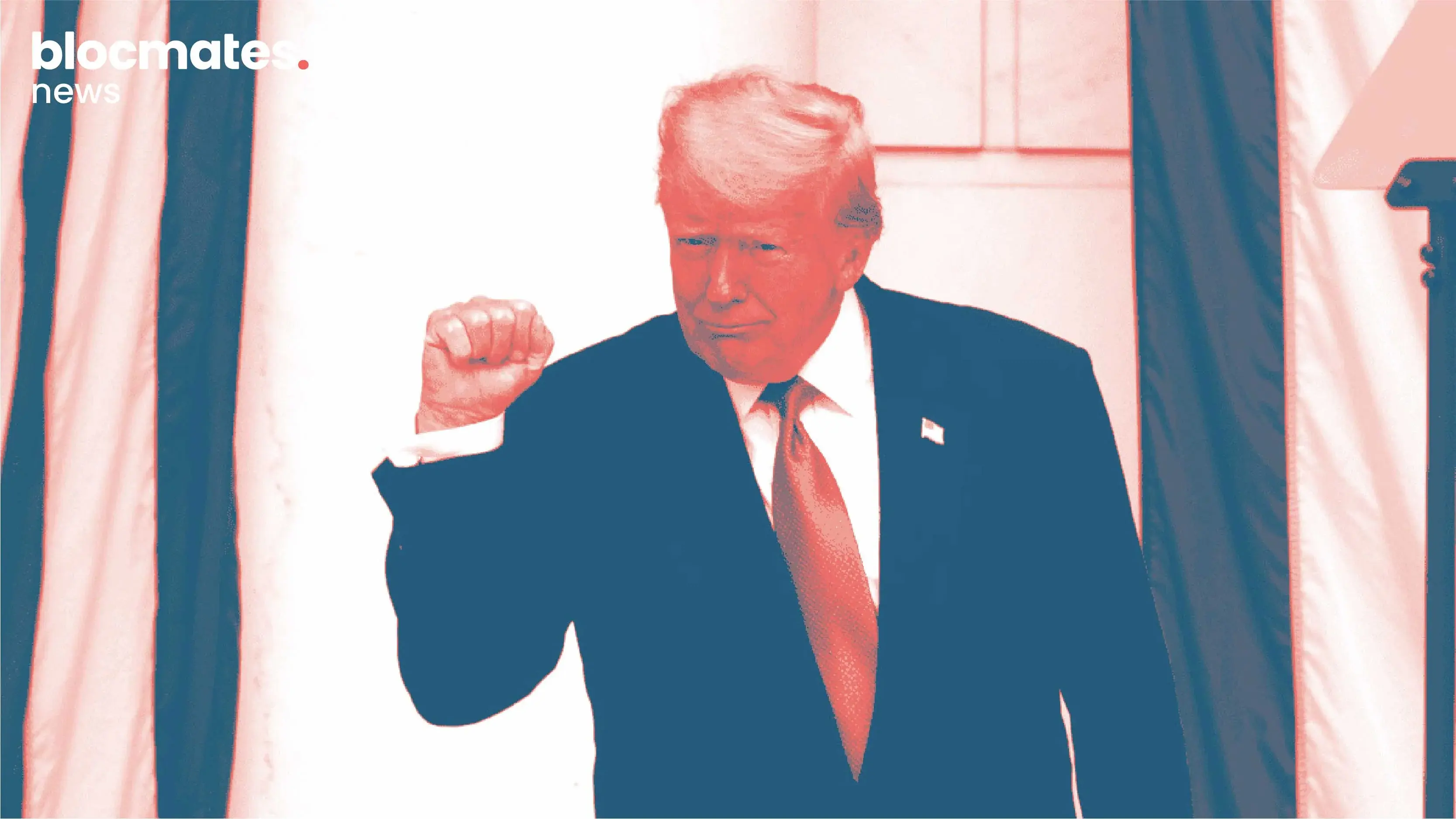


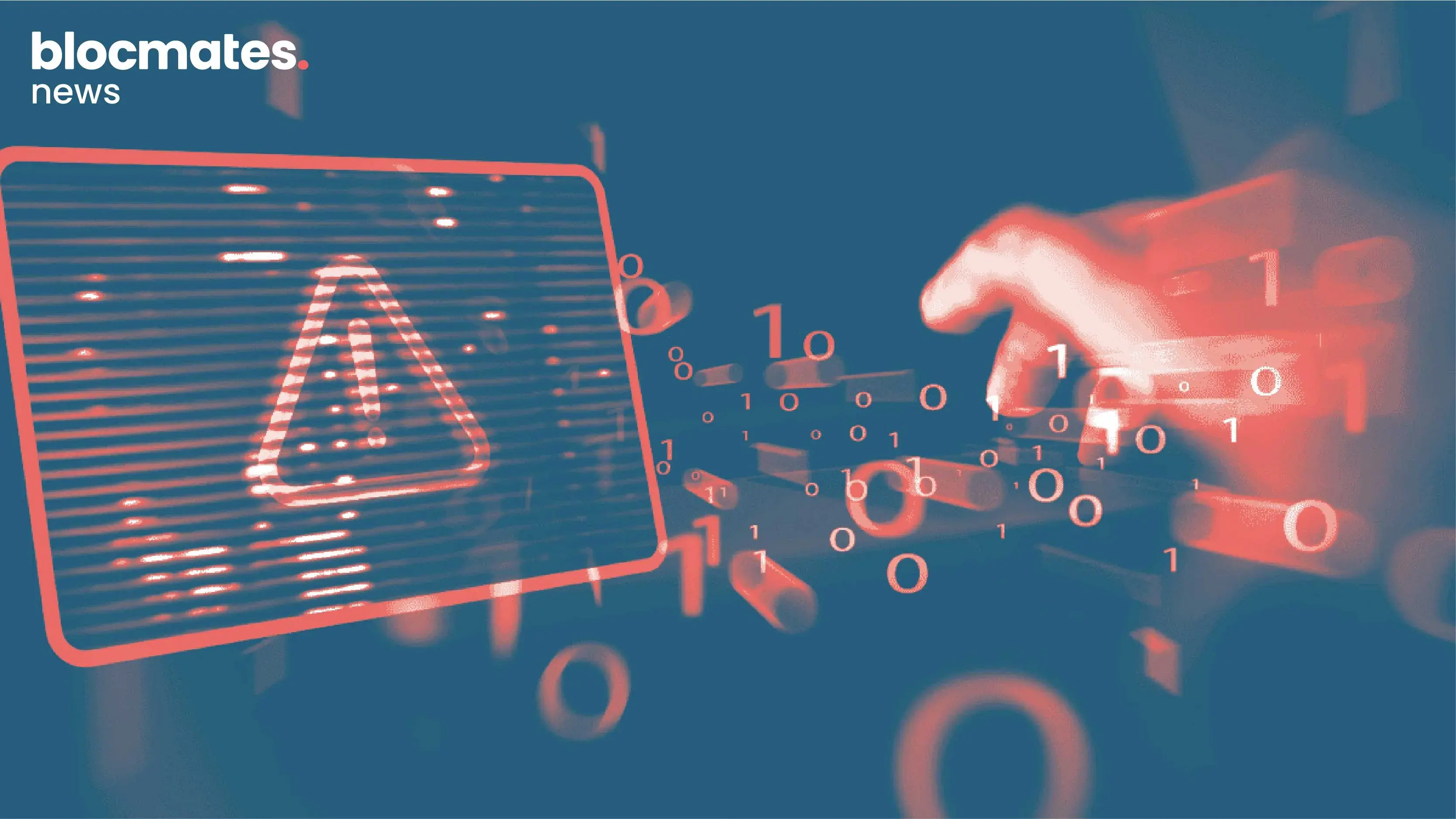

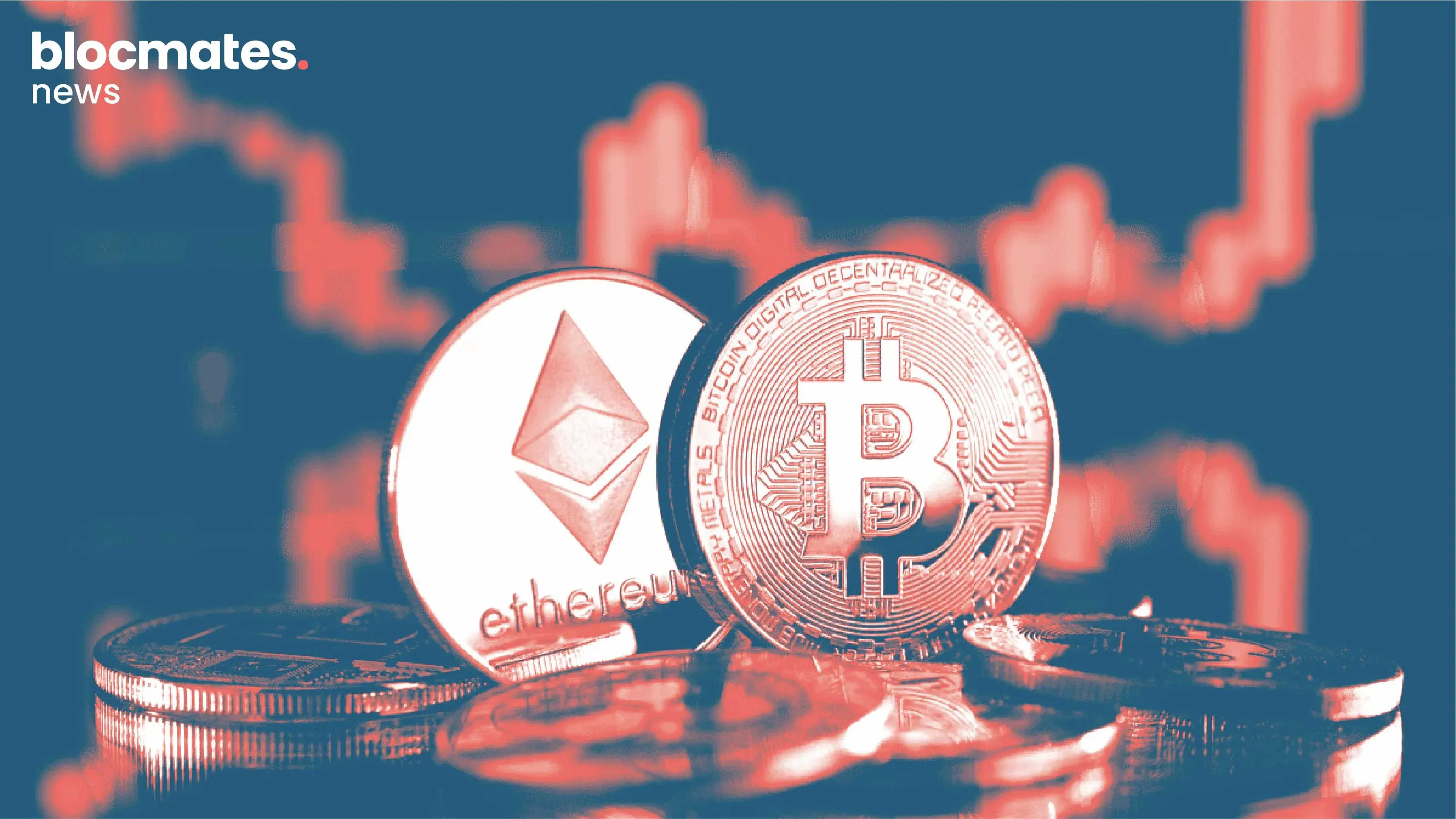

.webp)
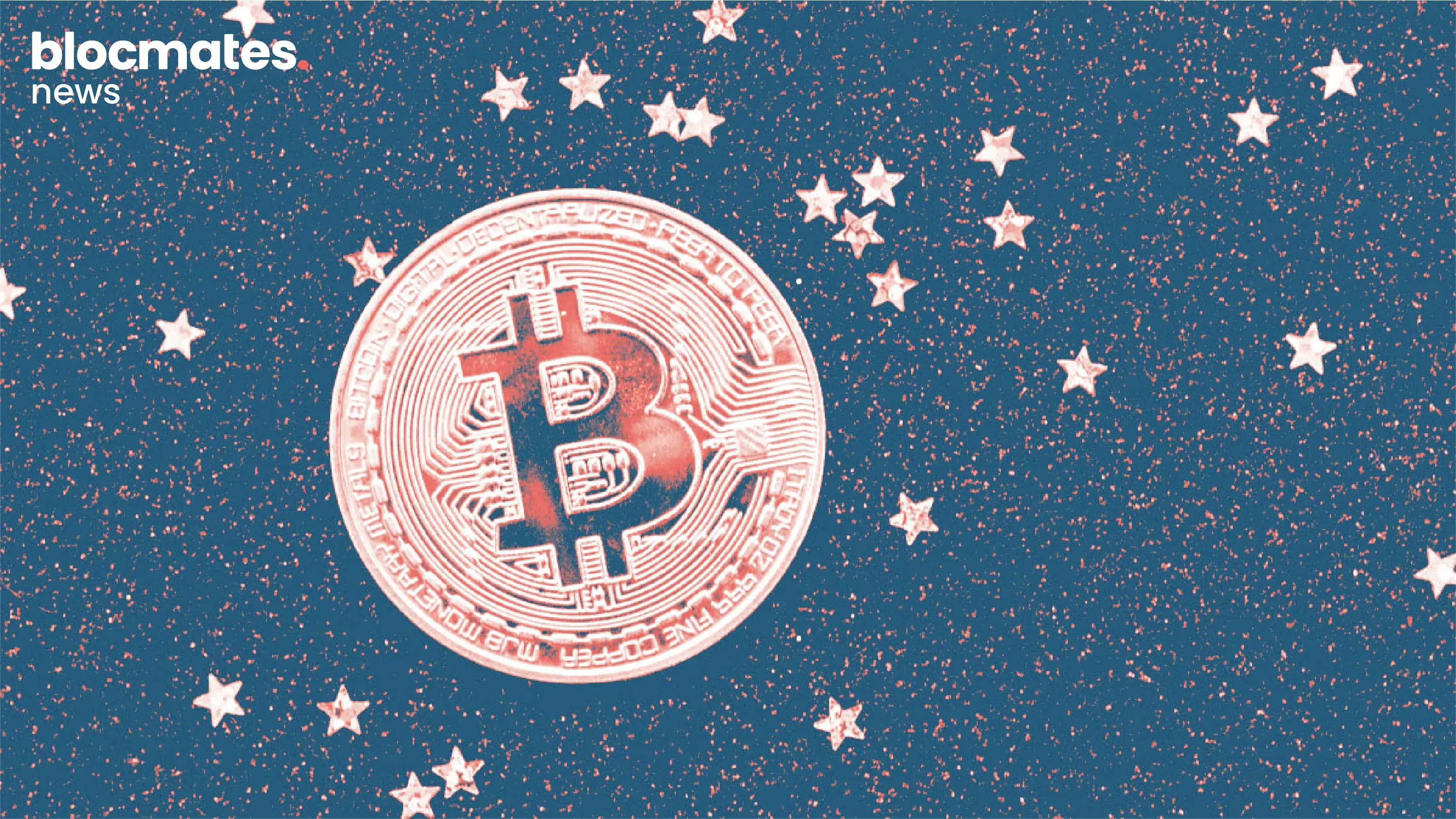

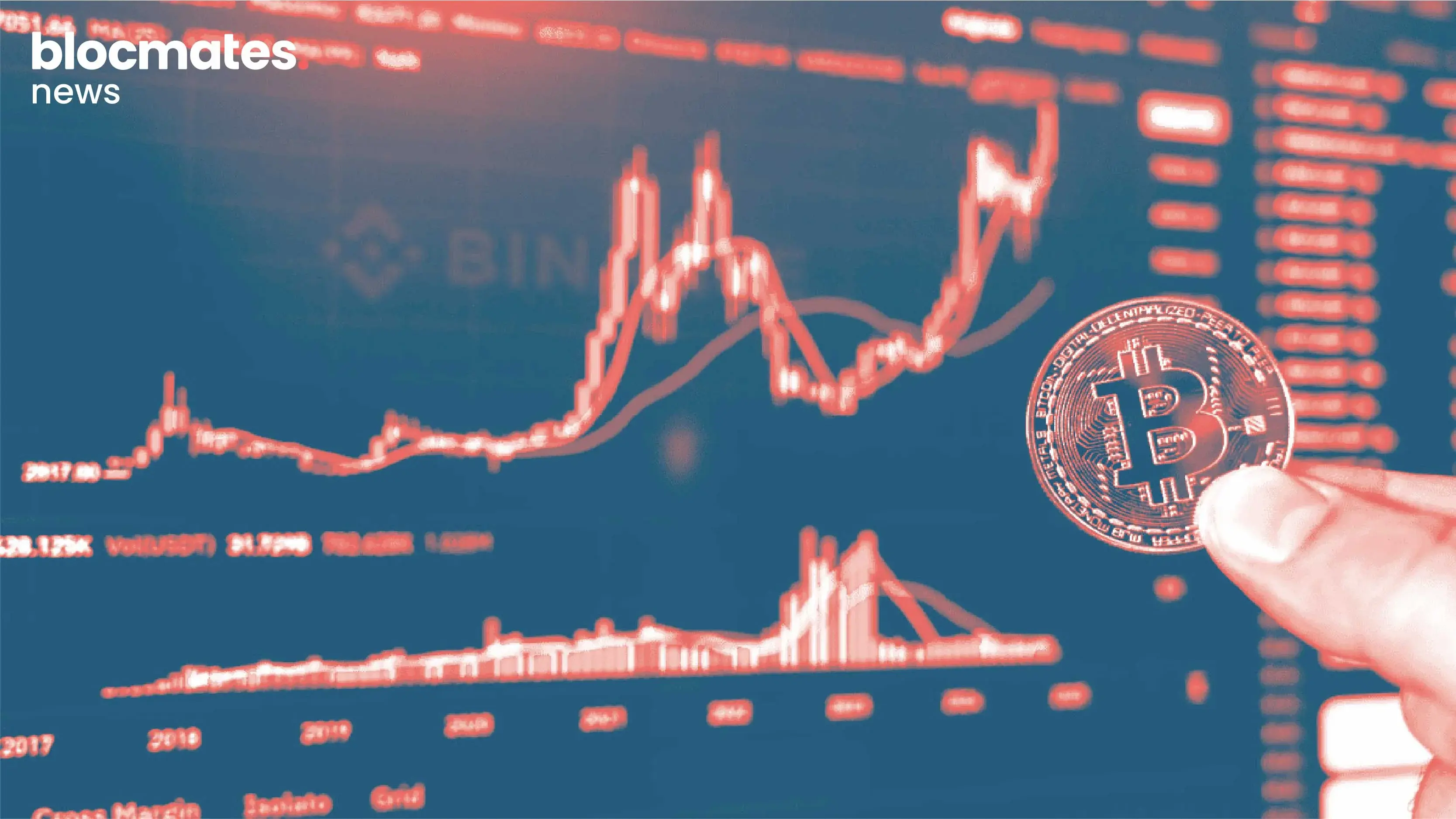




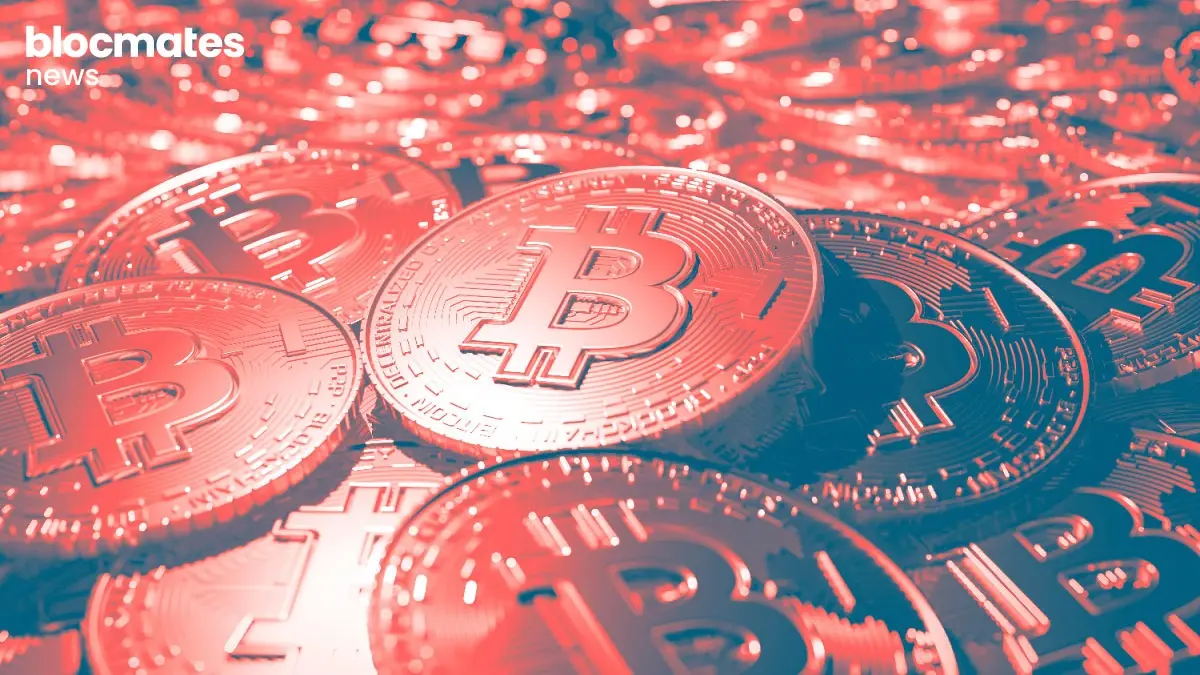













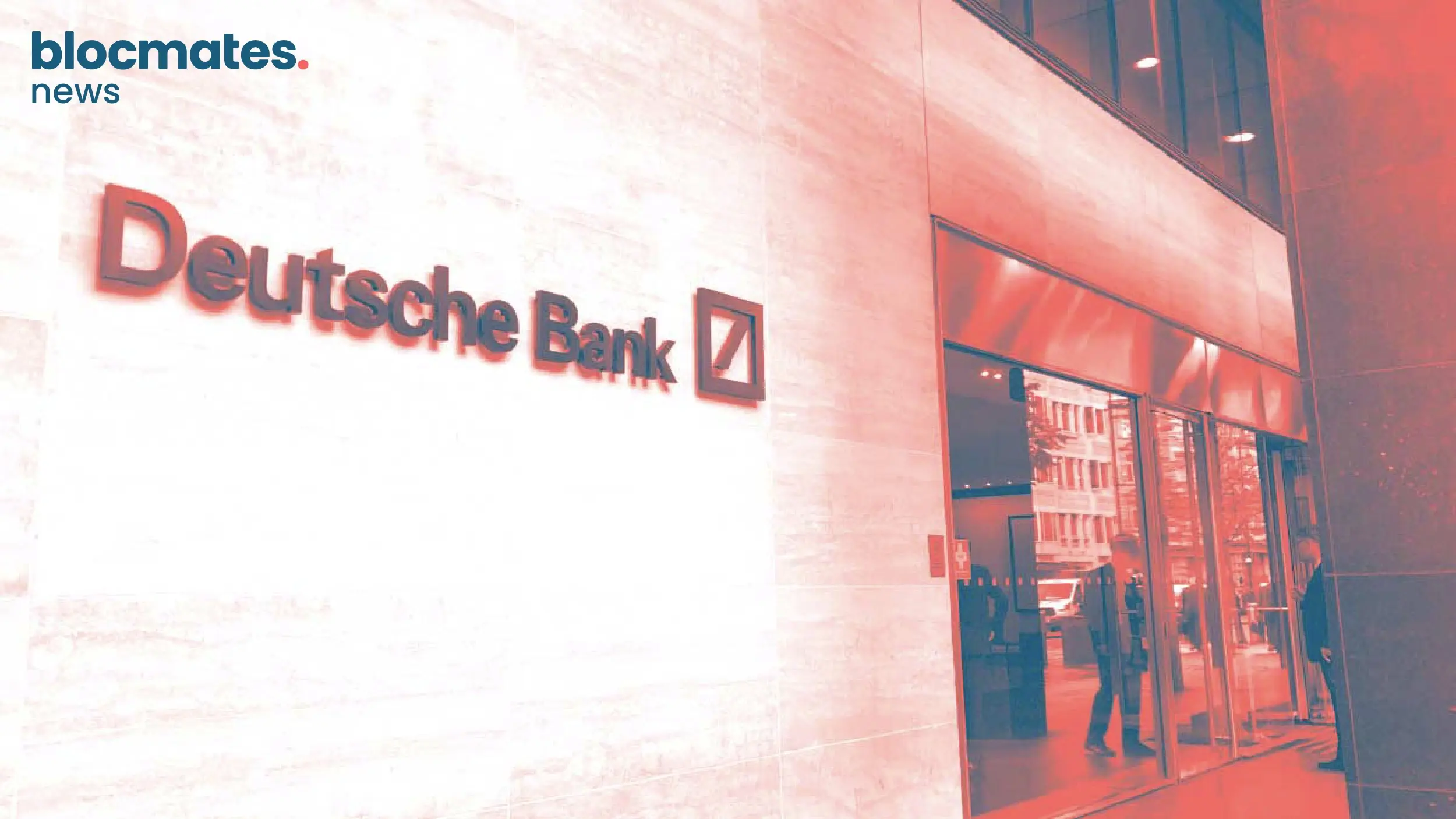

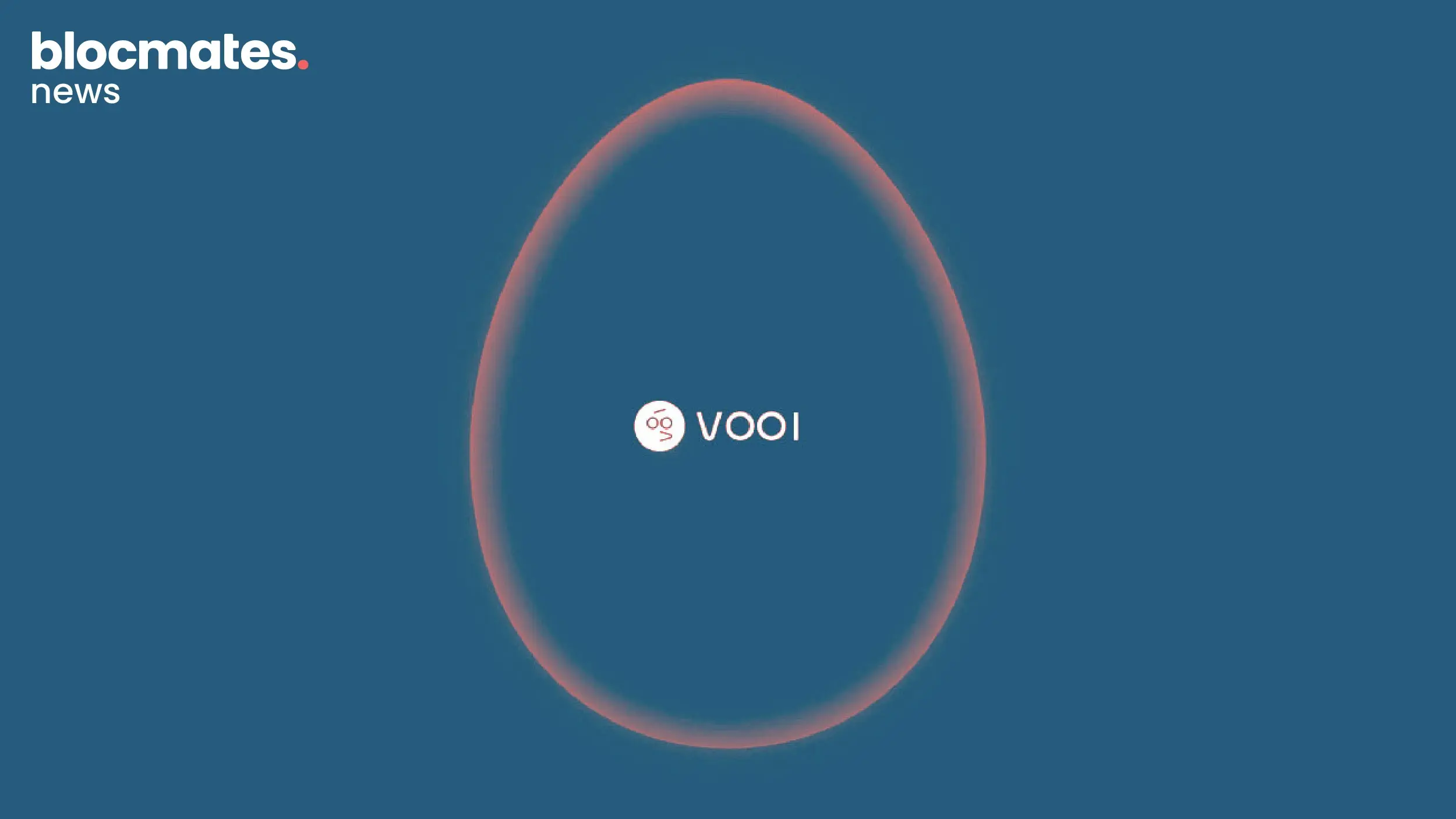
.webp)


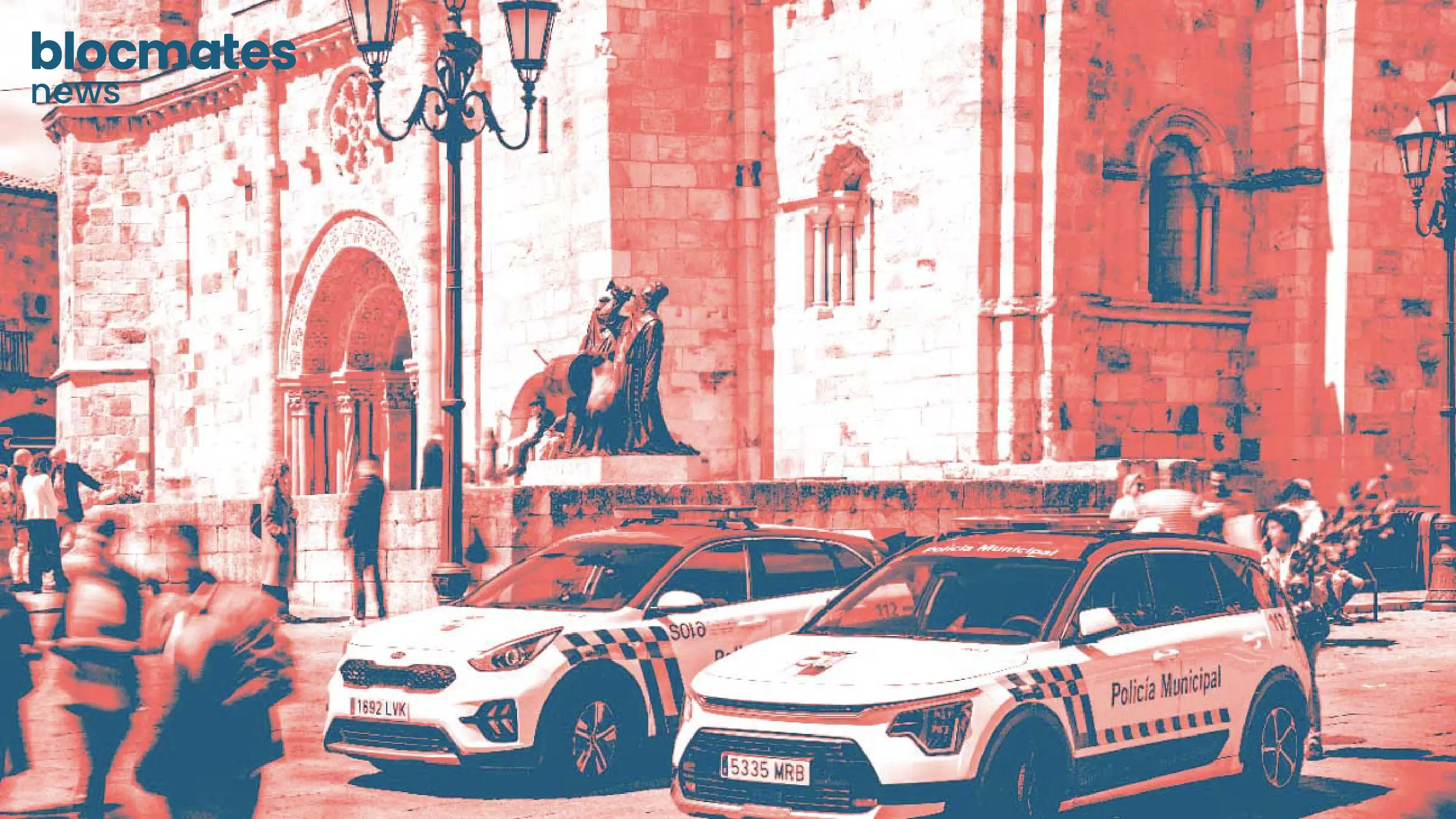



.webp)
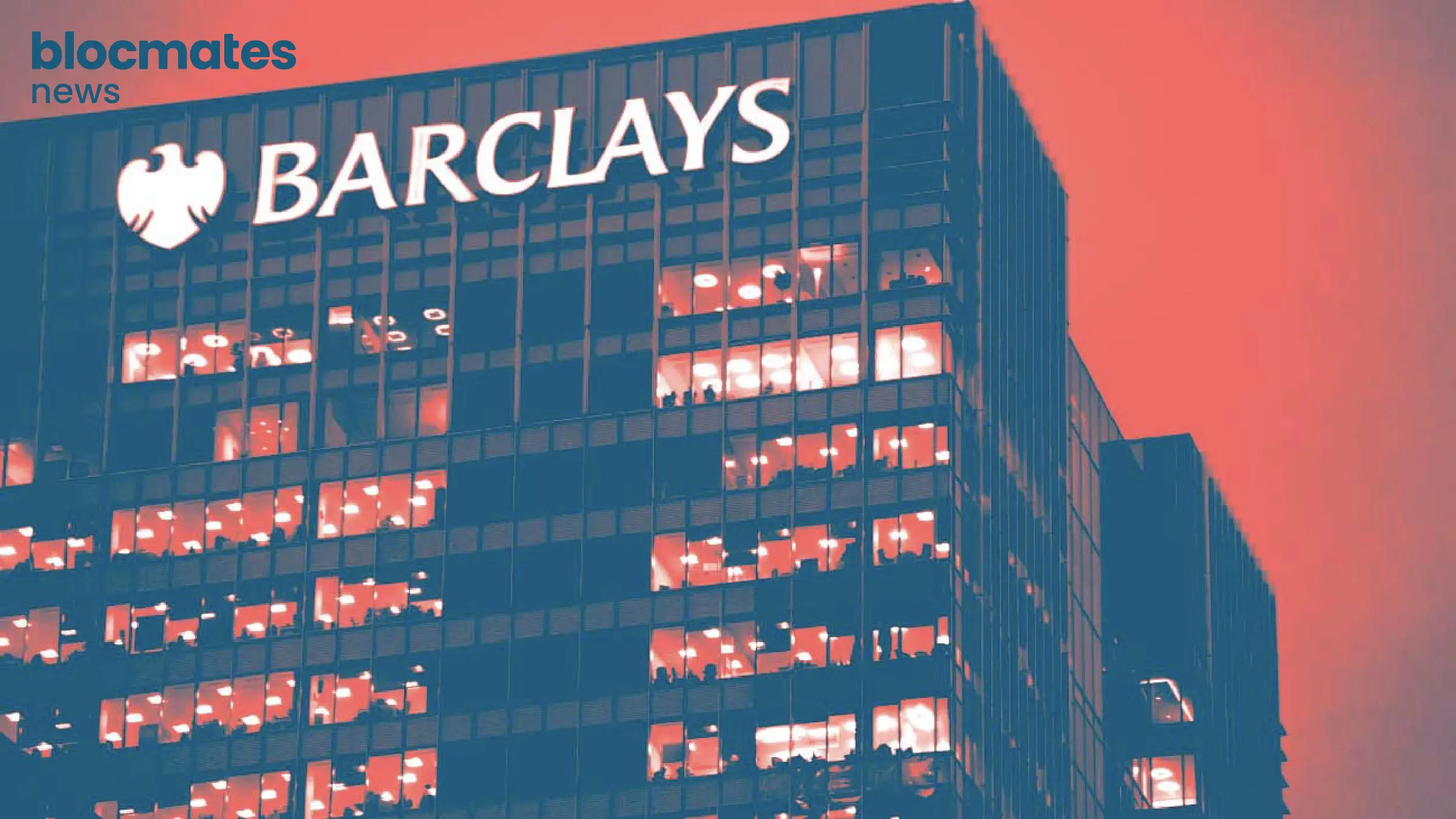


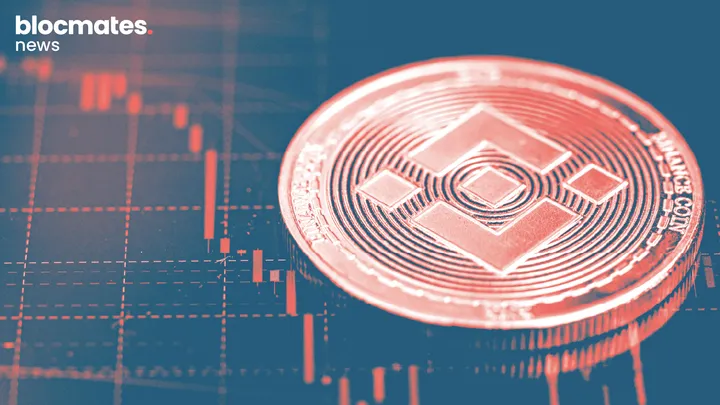
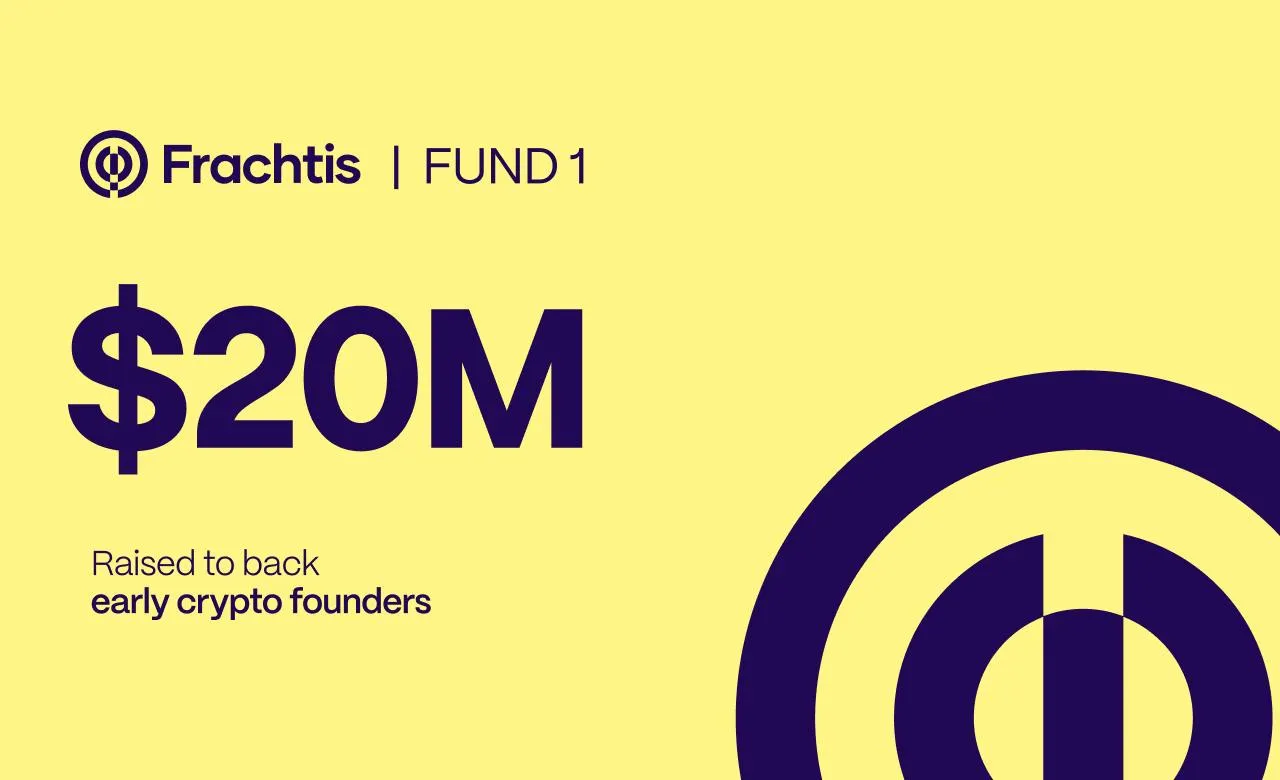





.webp)



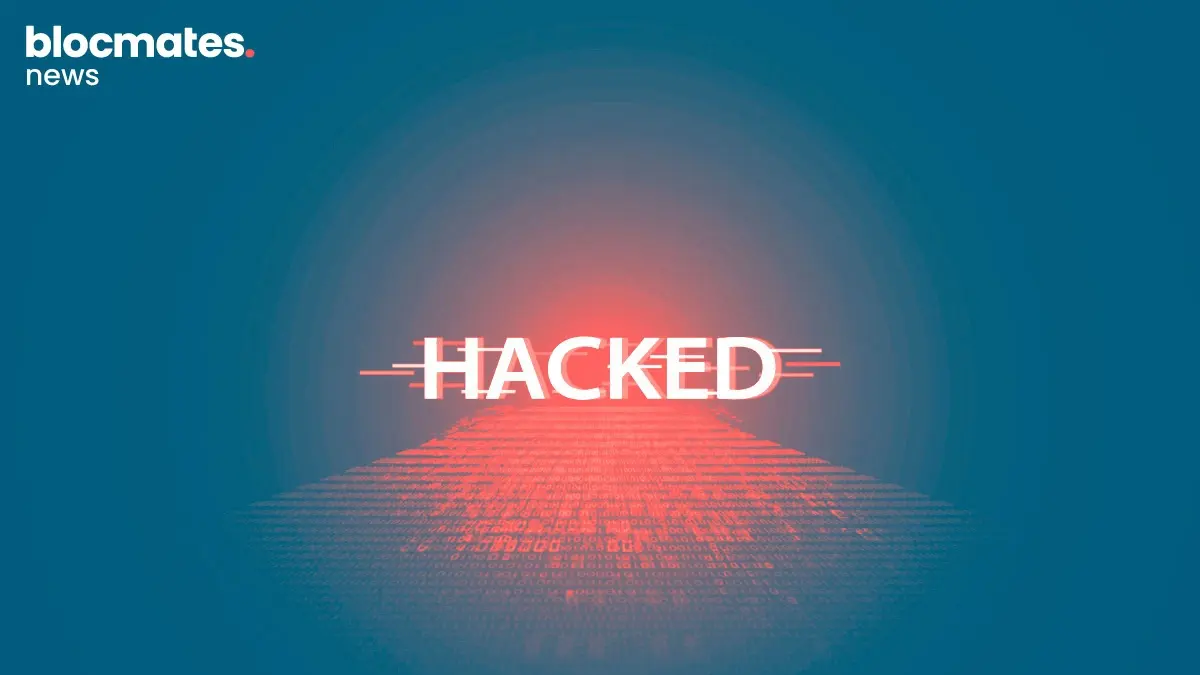




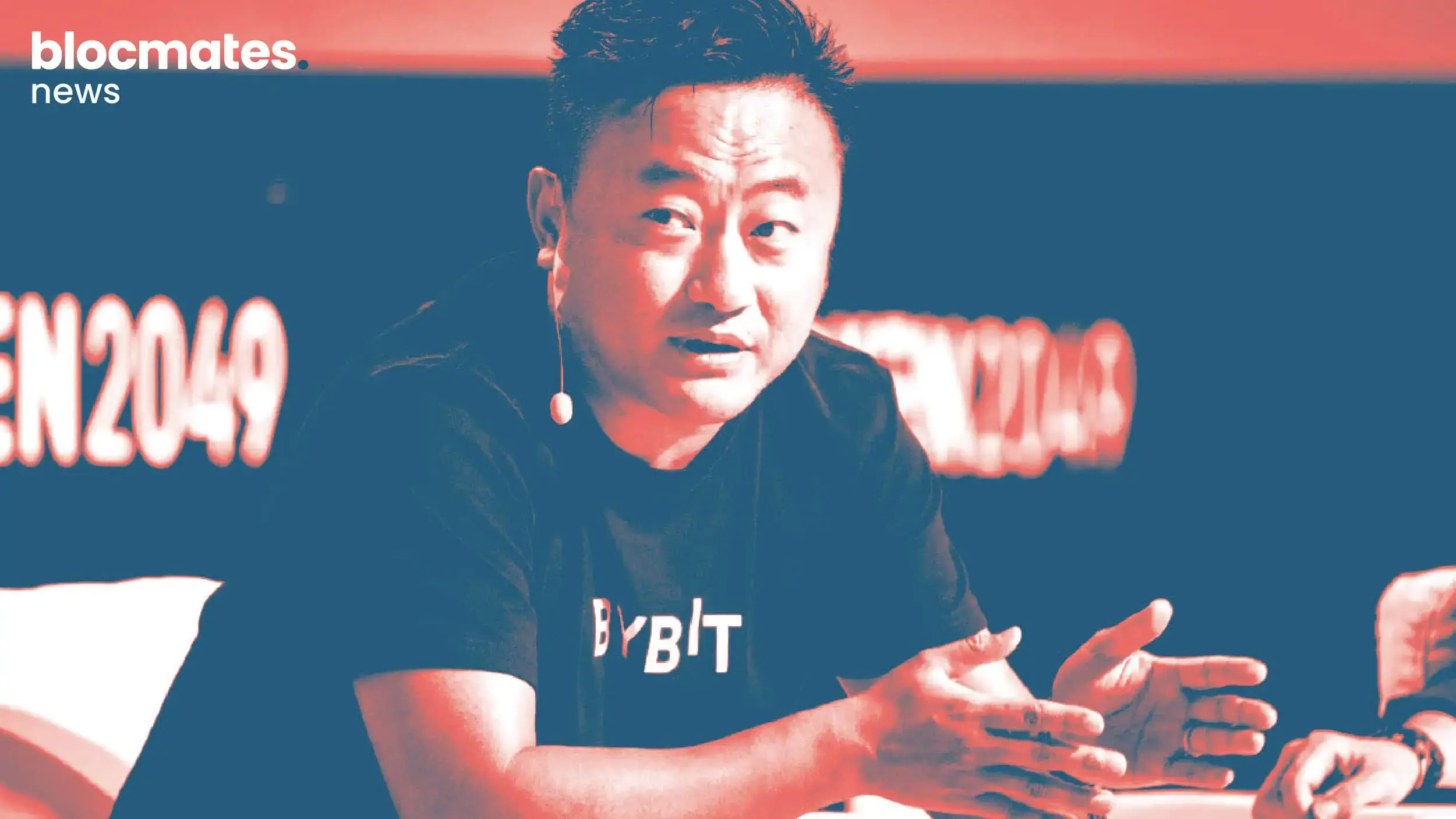
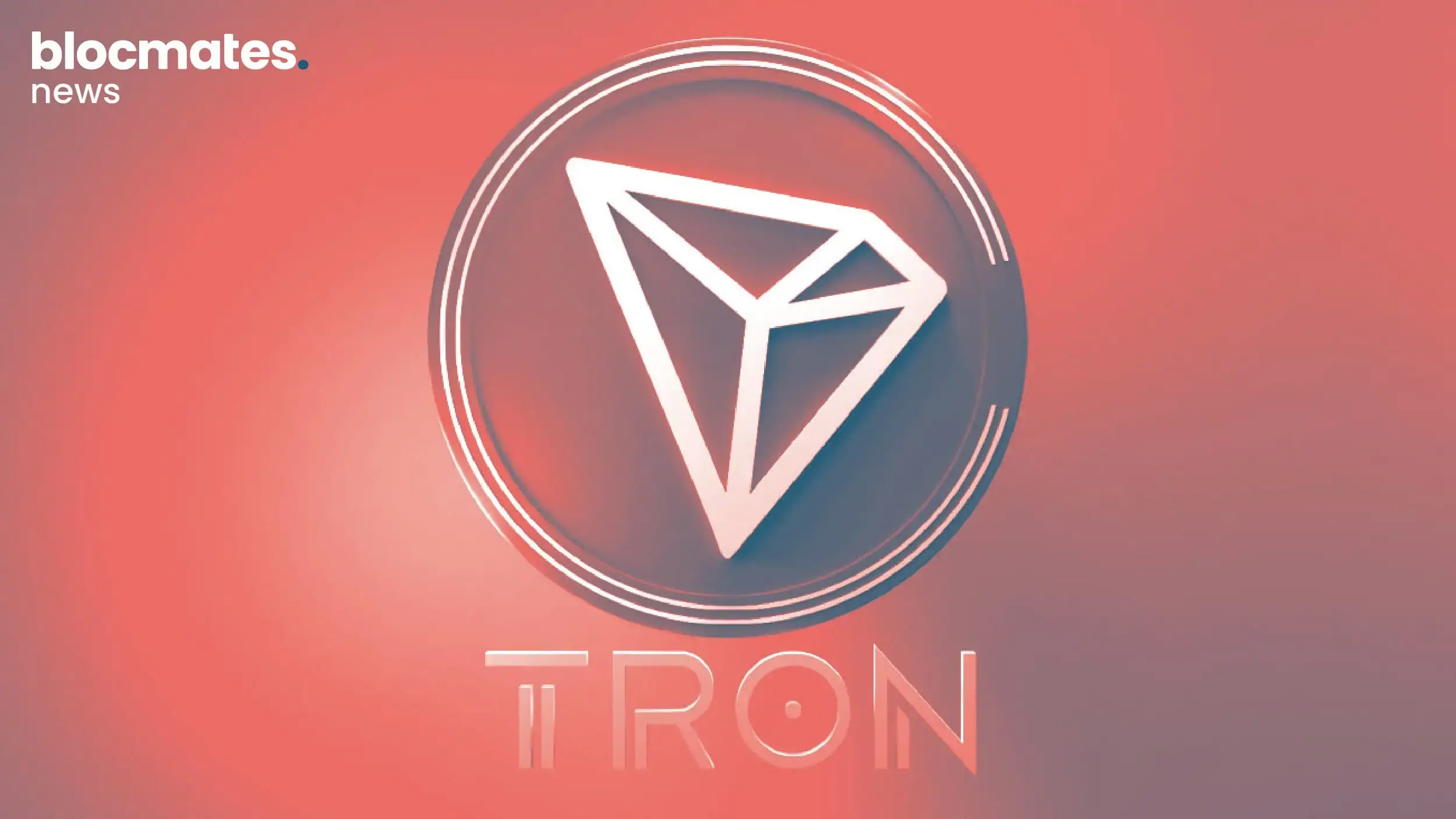
.webp)
.webp)
.webp)
.webp)
.webp)
.webp)

.webp)









.webp)
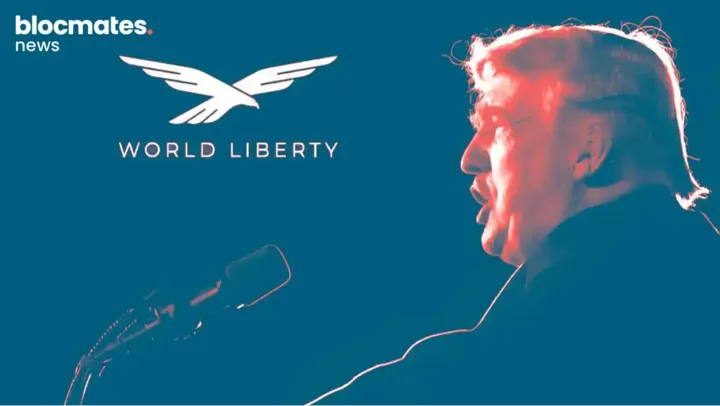
.webp)
.webp)
.webp)
